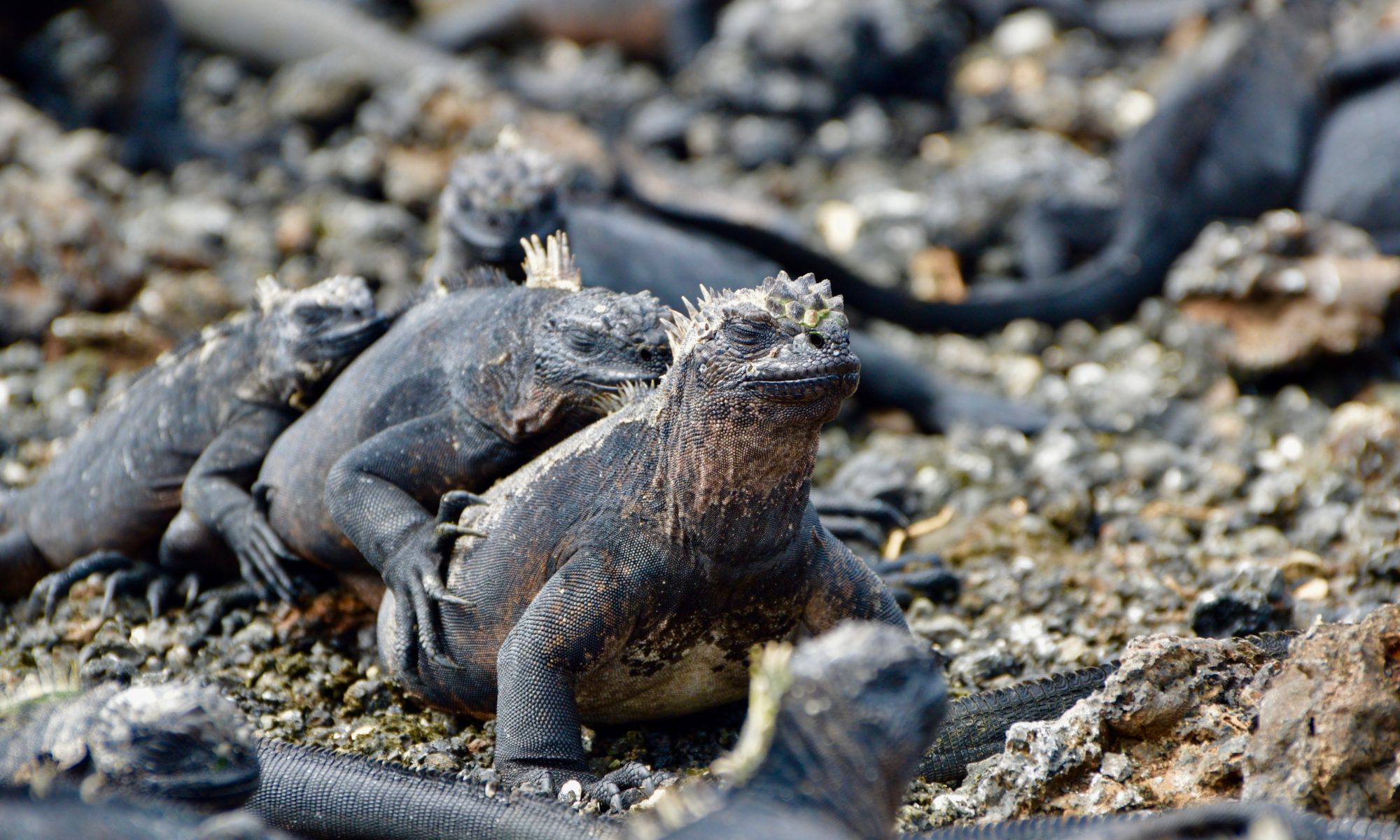- The Galapagos Islands: paradise lost? - 29/11/2019
- Exploring the One Health Initiative in the Irish context - 02/11/2018
This past August, I was lucky enough to visit the Galapagos Islands during my travels through South America. My visit here was quite possibly the highlight of my trip, with plenty to keep me thoroughly engrossed.
Set some 1000 km off the coast of South America, the Galapagos Islands were first stumbled upon by Tomas de Berlanga in 1535 when his ship was blown off course during a voyage between Panama and Peru. It was almost three hundred years later before the first human briefly settled on the islands, in 1807. However, this was due more to necessity than desire, as the settler in question was marooned on the islands. The islands were eventually made famous by Charles Darwin, who visited aboard the HMS Beagle in 1835, and used his observations of the island species as the basis for his “Origin of Species”.
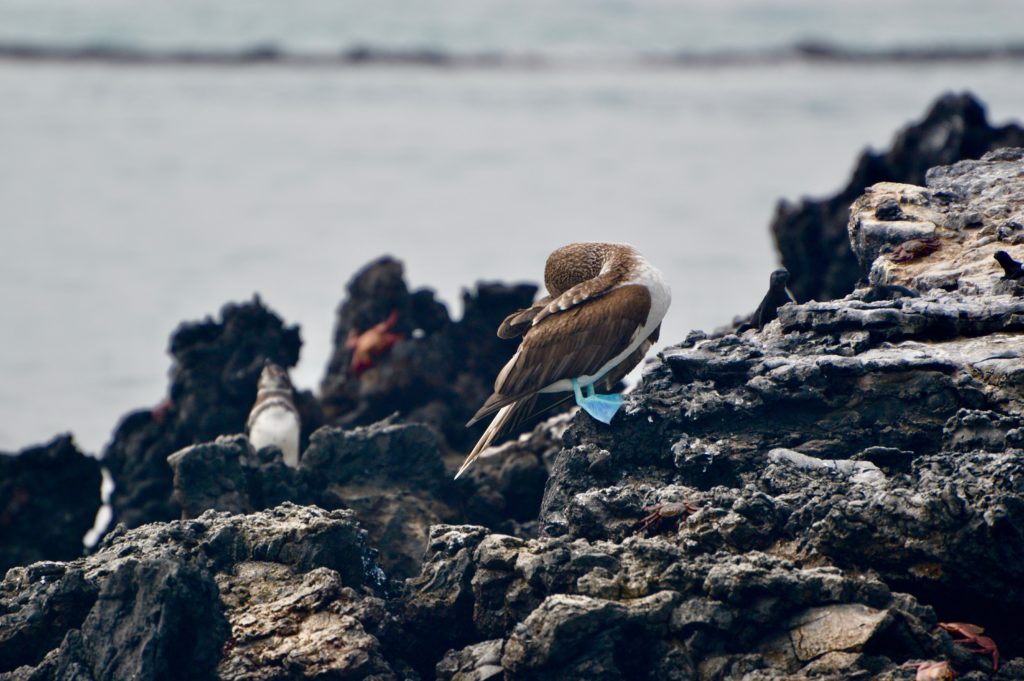
A permanent settlement was established in the 19th century, and the islands’ population has grown since then, largely driven by the boom in tourism. Since the 1950s, tourist numbers have been steadily increasing, and have skyrocketed in the last 15 years, fuelled by visitors in search of pristine ecosystems and charismatic wildlife. And although this influx of tourists provides a steady revenue for the Galapagueños, it has not been without problems.
With both an increased local population and a boom in tourism comes the challenge of providing basic amenities to those living on and visiting the islands. Recent years have seen rapid construction developments, particularly on Isla Santa Cruz, which counts the highest number of inhabitants and is the principal gateway for tourists. Food is in part flown in from the mainland, while more humid areas of the islands which can support farming practices are sometimes reduced to crop monocultures, raising issues such as a lack of plant genetic diversity and therefore the danger of widespread crop disease.
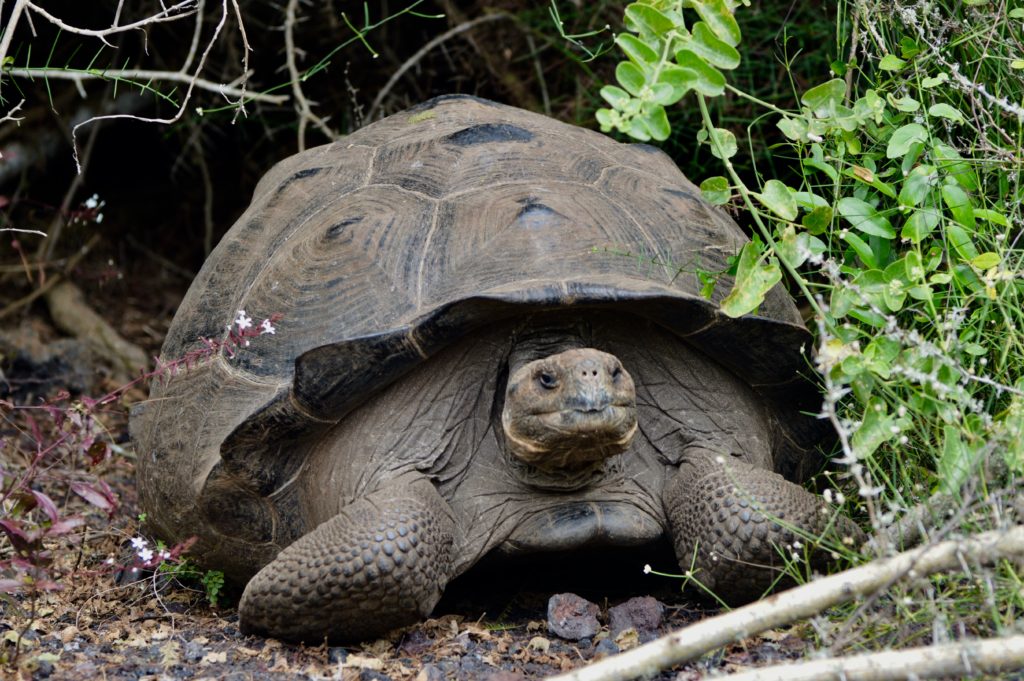
A further difficulty caused by increased human traffic to the Galapagos is the introduction of invasive species, both intentionally and accidentally. Non-native black rats destroy the eggs of blue-footed boobies and giant tortoises, while outcompeting the native Fernandina rice rats. Goats eat their way through the flora, eliminating certain animal species’ food sources. Meanwhile, insect stowaways wreak havoc on the ecosystem. For example, the parasitic Philornis Downsi fly has decimated bird populations, with its larvae hatching in the birds’ nests and feeding on their nestlings.
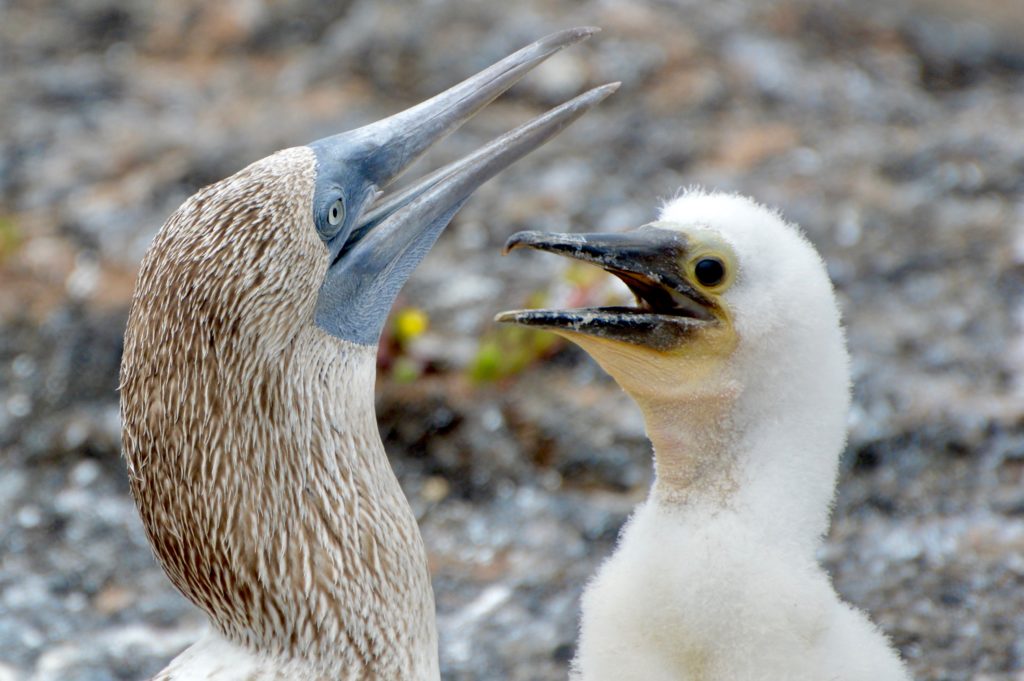
Tourism management is not the only challenge which is faced by this unique ecosystem. As is the case worldwide, there are concerns about the impact of climate change on the islands. The well known climatic occurrence El Niño provides an example of this. The warm ocean temperatures caused by El Niño block the rise of nutrients to the ocean surface, impacting many species’ food sources. Sardine populations, a crucial food source for Galapagos penguins, blue-footed boobies and sea lions, drop. A shortage of algae in the waters causes marine iguanas to literally shrink. Flightless birds, such as flightless cormorants, starve, unable to travel to new food sources. It’s a devastating scene.
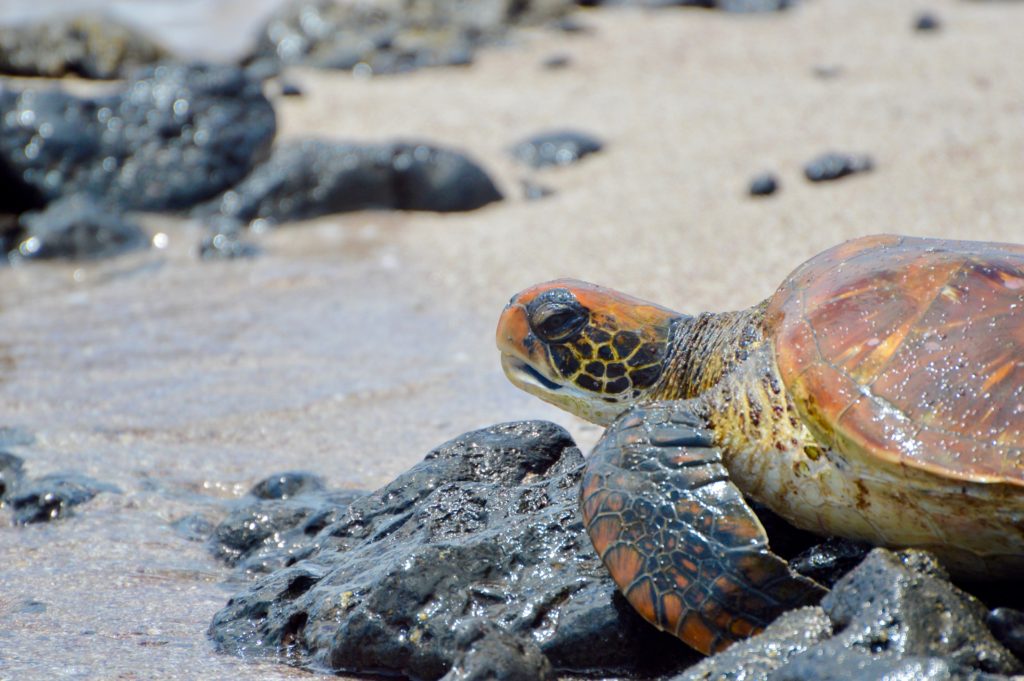
However, it would be unjust not to mention the conservation efforts currently in place on the islands. Research stations on the islands educate visitors on the difficulties being faced and the possible solutions. Strict guidelines exist as to which areas of the islands can be visited in an effort to reduce human impact, and incoming tourists must pay the National Park Entrance Fee, which is used to fund conservation efforts. Efforts are also being made to control invasive species: eradication programs are in place for species such as goats and rats, and there are strict regulations regarding imports to the islands. All incoming visitors’ bags are checked and rechecked, with sniffer dogs clambering over suitcases to seek out the scent of forbidden items.
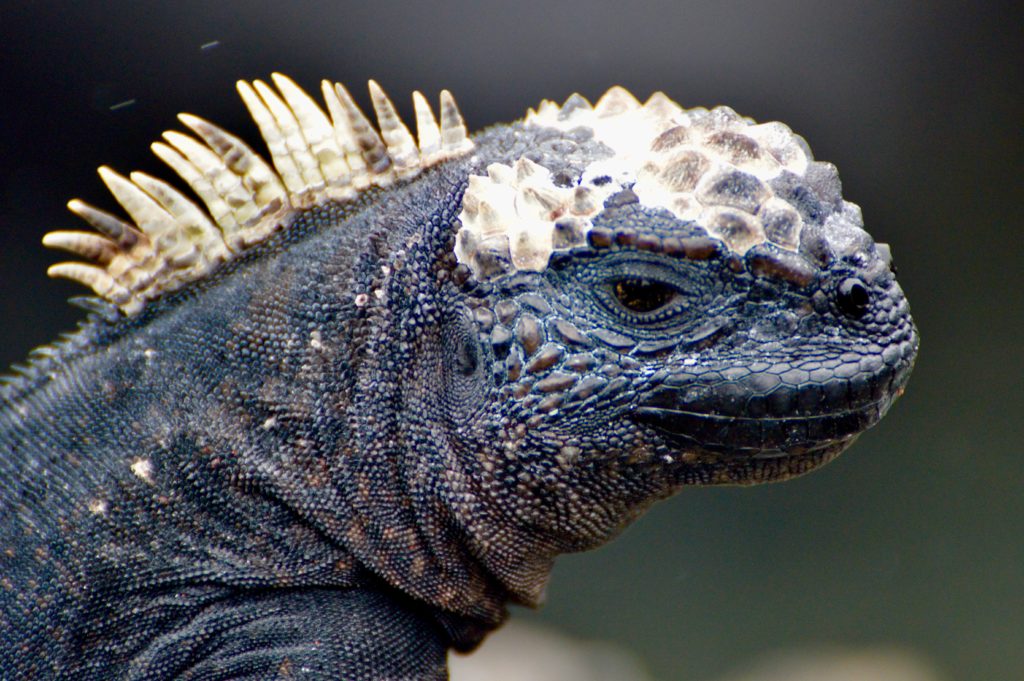
Despite the difficulties faced by the Galapagos, it remains a sought after destination, with visitors lured in by the promise of an abundance of animals who have no fear of humans. And the islands deliver on their word: sea lions and pelicans flank the fish market on Santa Cruz Island, while iguanas amble across the aptly named Iguana Crossing on Isla Isabela. Meanwhile, tourists can stumble through the nests of blue-footed boobies on North Seymour Island and swim with sea turtles in the waters off Isla Floreana. It simply is a place like no other.
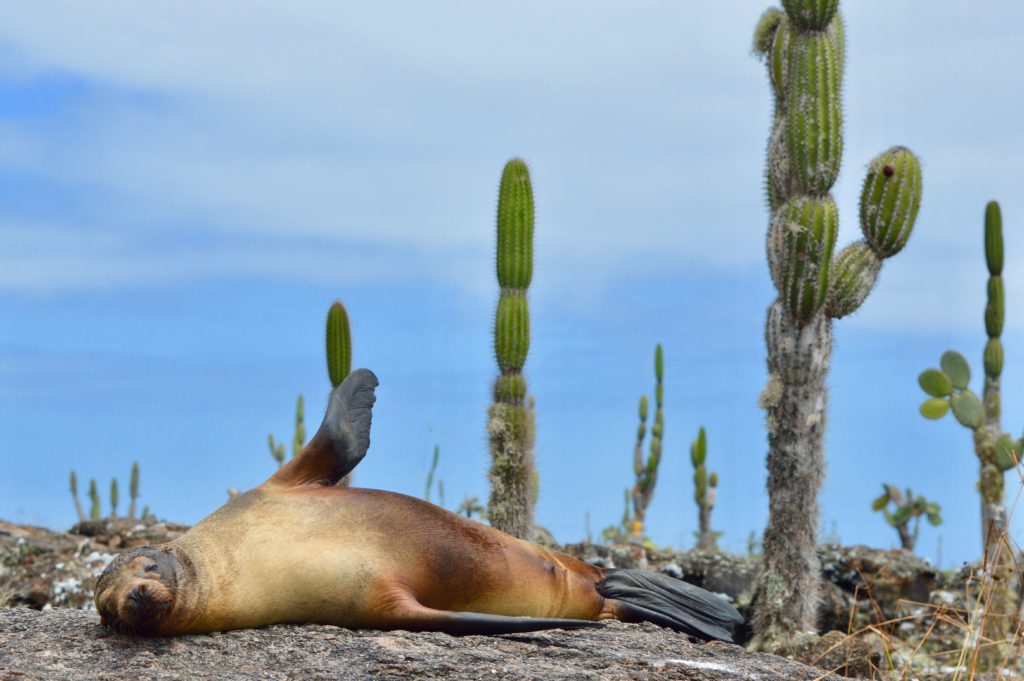
All photography by Floriane O’Keeffe. For more photos, check out @florianeeliza on Instagram.

